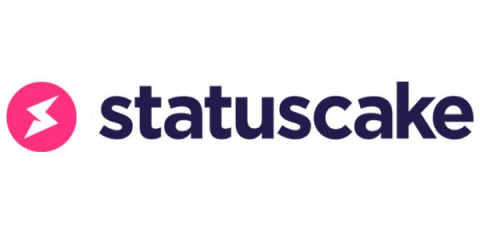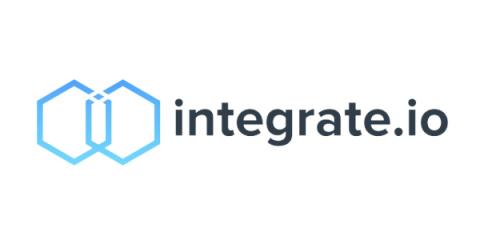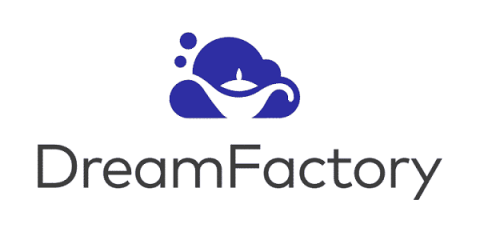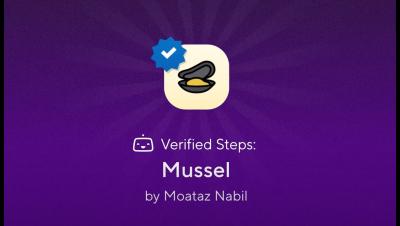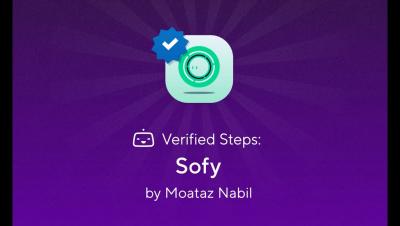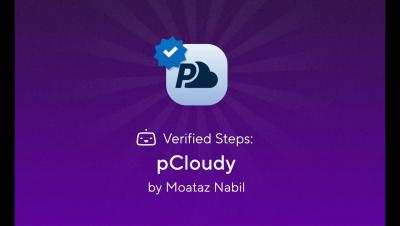Serving multiple SSL certificates in your Go tests
Over the past few months, I’ve been redesigning and writing StatusCake’s SSL monitoring feature from Node to Go. This blog post describes one of the more subtle challenges we came across to help you master it if you find yourself with it too! Writing a Go client that fetches an SSL certificate isn’t a new problem. A common approach is to use a http.Client. This limits you to just certificates served over HTTPS, when technically anything running TLS can have a certificate.


